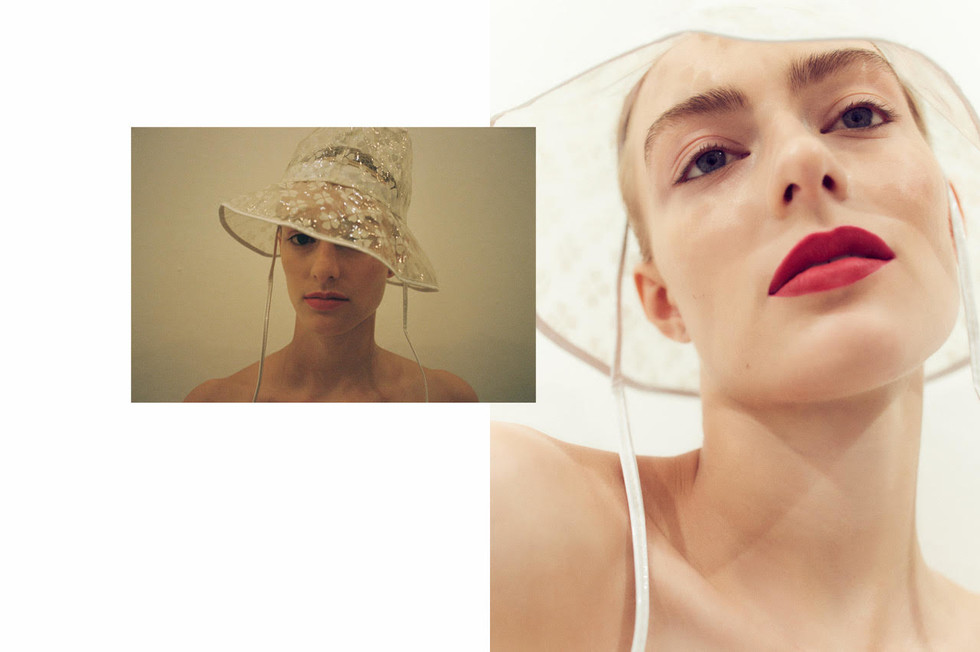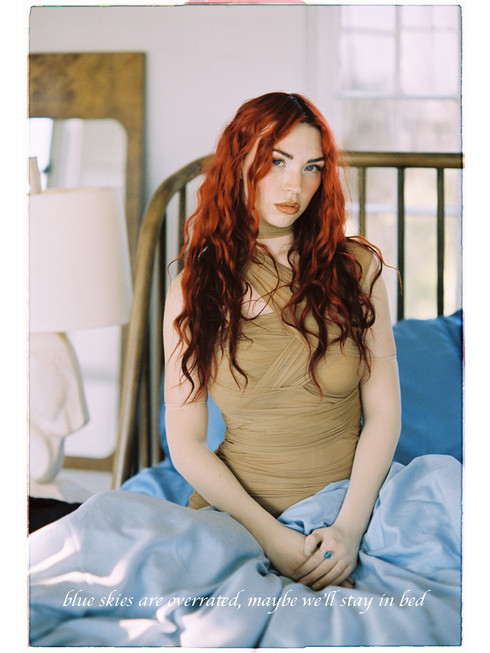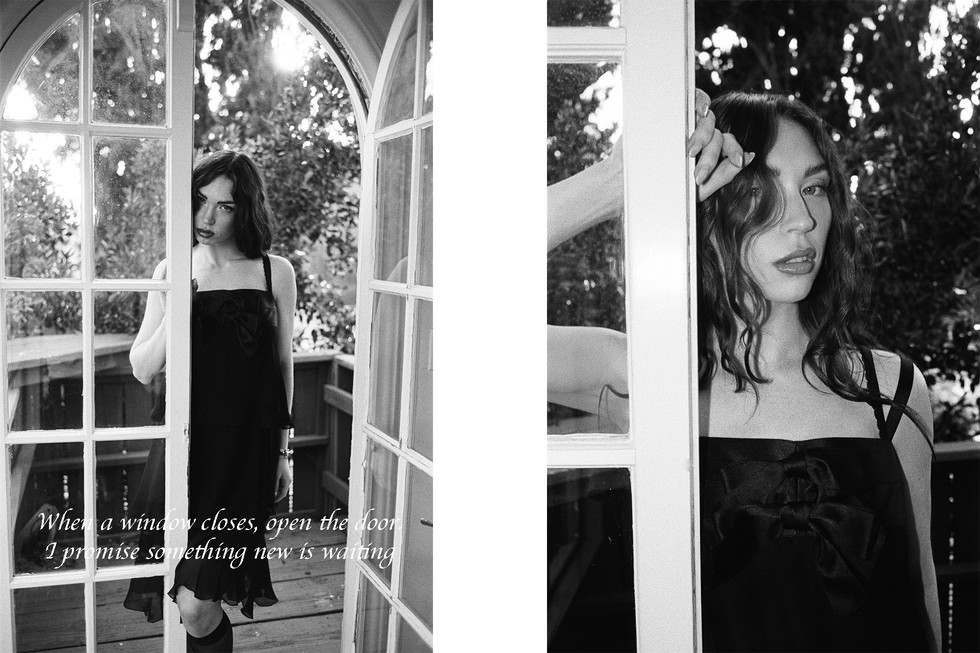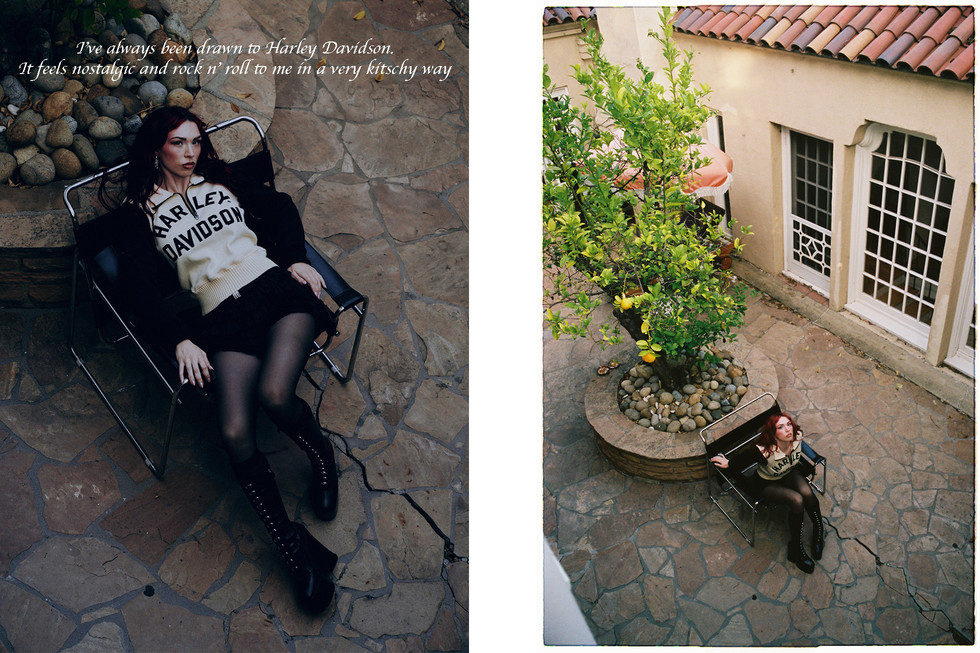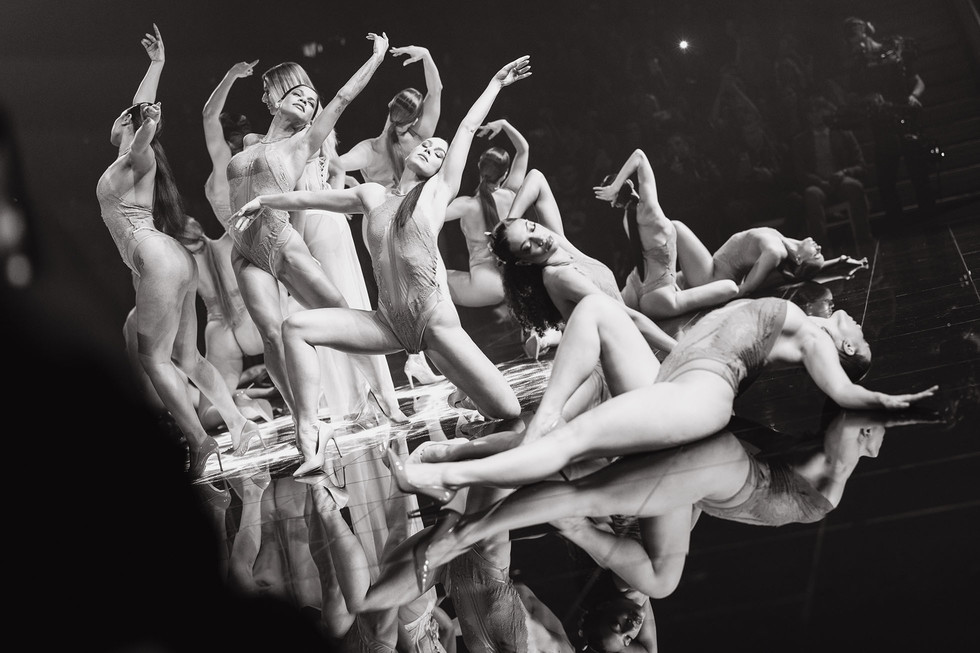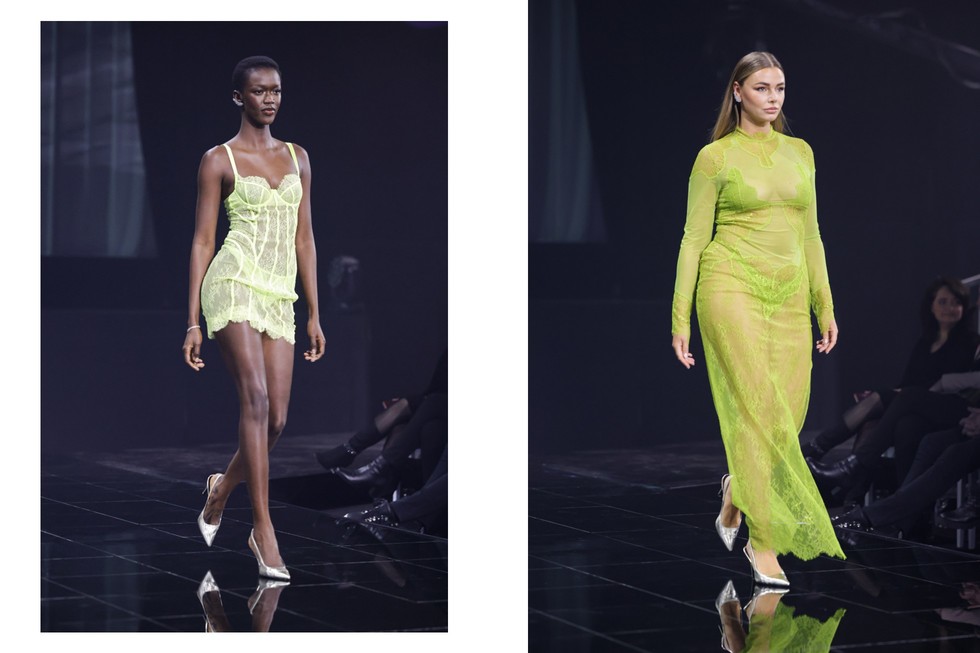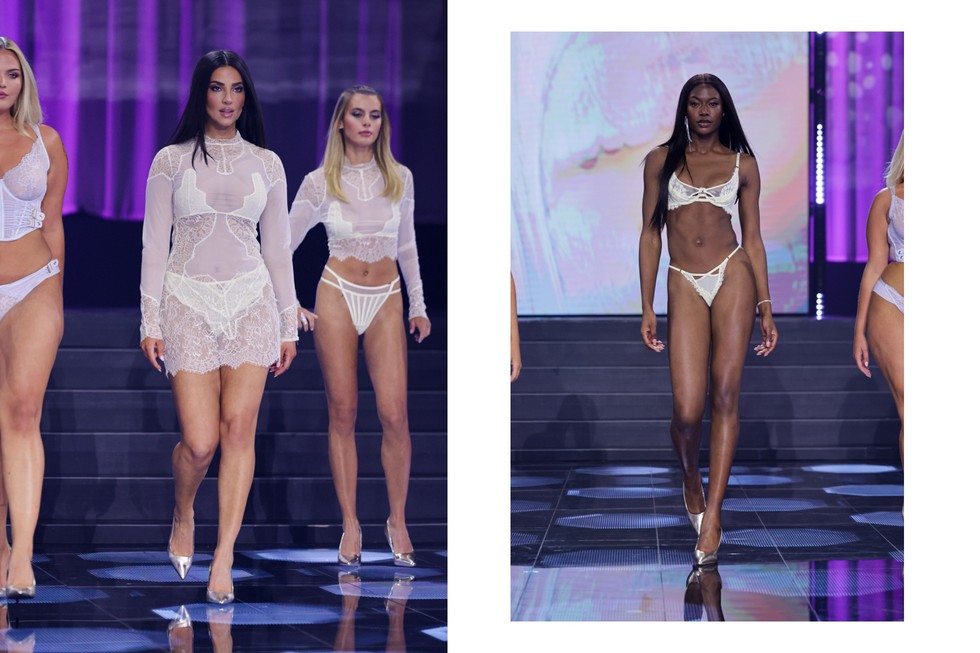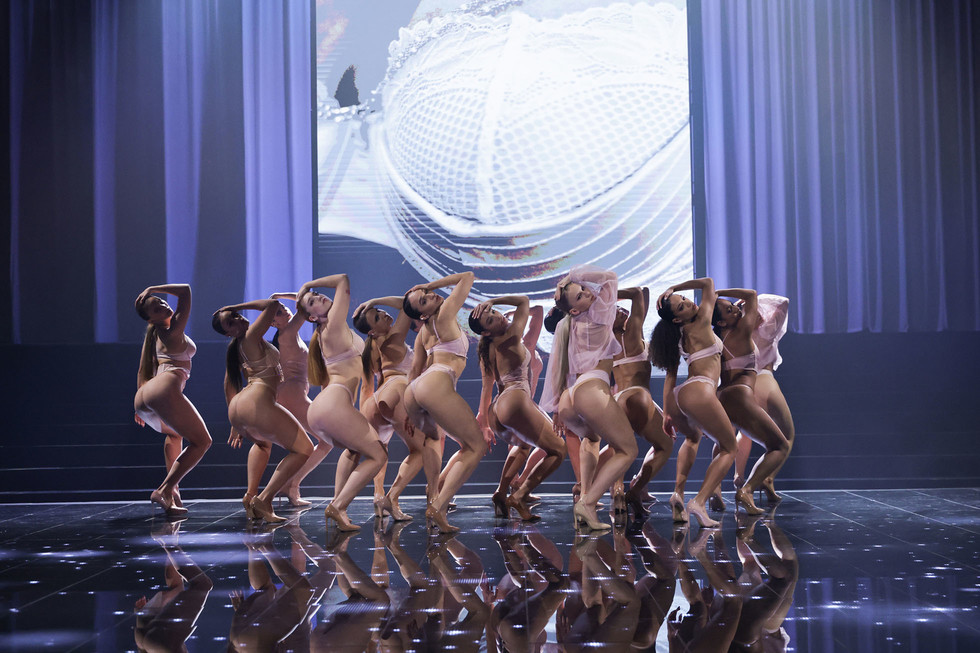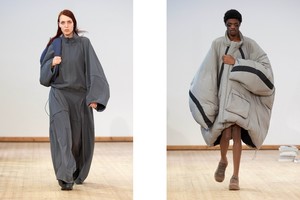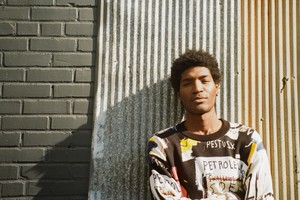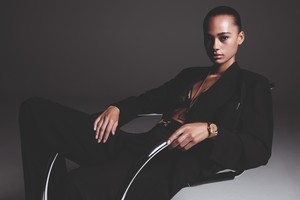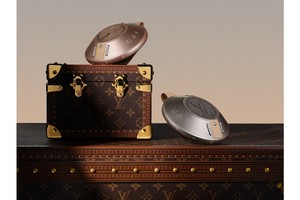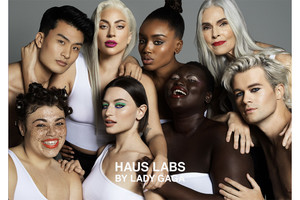In the ever-evolving world of fashion, where trends come and go with the wind, the essence of true craftsmanship and a deep-seated passion for one's work distinguishes the extraordinary from the merely good. Patricia Beurskens, Hunkemöller's Director of Design, embodies this exceptional blend of dedication, talent, and vision. With a career spanning 15 years at the helm of the design team of this renowned lingerie brand, Beurskens has not only witnessed but also shaped the brand's evolution, infusing each piece with the brand’s signature blend of femininity, confidence, and empowerment. In an industry that constantly seeks the new, her journey reflects a rare constancy and a love affair with lingerie design that began almost by serendipity and blossomed into a lifelong passion. Her approach, balancing creative experimentation with a critical eye ensures the brand's identity remains intact, irrespective of the fleeting trends. As the fashion landscape navigates the complexities of inclusion and sustainability, Beurskens's strategic, heartfelt efforts in these areas underscore her belief in designing “for someone, not for everyone,” a philosophy that has kept Hunkemöller at the forefront of lingerie design. This exploration of Patricia Beurskens's journey and vision offers an inspiring glimpse into the mind of a designer for whom lingerie is not just apparel but a canvas for empowerment and artistry.
Sandra Myhrberg: How did your journey as a designer lead you to specialise in lingerie?
Patricia Beurskens: I've always been creative and I liked drawing. As a little girl, I always said, “When I'm older, I want to do something with fabric and drawing.” At that time, I didn't realise that being a designer was an option. When I found out that it was possible, I was determined to become one. So, I enrolled in Art Academy, and getting there made me happy. After two years, I found myself in a small lingerie boutique, and it suddenly struck me: “You can design lingerie too.” I had never considered it before, but from that moment on, it became my aspiration. I can still remember that moment in my heart. I was around 18-19 years old at the time, and although I was content with what I was doing, I had never felt such inspiration before. I distinctly remember it was August 2002 when everything clicked. It made sense for me to work with lingerie because I had always been drawing a lot of women's bodies, particularly naked women's bodies, so I was already familiar with the female form.
SM: What aspects of lingerie design do you find most exciting compared to other areas of fashion design?
PB: For me, the excitement lies in the combination of fabric and body shapes. Exploring the delicate designs and beautiful laces, and how they interact with the wearer's body is endlessly fascinating. That is where we can develop them. But also, embroideries—they are so delicate, so refined, and feminine. And because it's so sheer, it's how it's playing with the body, and that's really what inspires me.
Then, thinking about a woman's body inspires me as well. “How does that play?” Because designing lingerie is also very complicated, as it has a function. There are different shapes, but how can you play with it and how can you reinvent it? That's why the material is such a big part of what a design looks like, playing around the body and what I want to achieve. Like a pusher does something different, and now also with a lot of unpadded styles, which you see a lot nowadays.
Then it's very beautiful to think about the sheerness of material and what you see and how you play with that and that combination. Comfort is also very important, but colour is also a massive part that brings inspiration as well.
SM: Do you feel like you're using different colours now from when you started? Do you follow the trends with the colours?
PB: I always like to say that we do look for what is in focus at that time. I have a colour specialist, and we really examine what we are doing. I can see that there is a massive change in lingerie. We use WGSN, a forecasting website, so at the same time, we keep an eye on the catwalks, on what's happening right now. And from my experience over the past 15 years, I've noticed that colour doesn't always change super fast; there is a slow change. Then there's the direction when it's about yellows. It can span from lime yellows to softer yellows. And it's always combined with what's going on in the world. When sustainability becomes a concern, that influences our colour palette. We try to tone it down, but at the same time, why is lavender such a big thing? Because it's a digital colour that works very strongly.
What you see now is a lot of neutral tones but with a pop of colour. But where does that come from? It's also from a digital point of view because when everything is too muted, it can be distracting.
SM: I saw that you had the shapewear in different skin tones. How long have you had that? Is it a new thing?
PB: A few years ago, we already tried to have bras in a lot of different skin tones. But then, you know, that is also exploration, like diversity and inclusivity which is something that is going on in the market, which is super important. But there is also always a kind of exploring to find the best way to not right away put it in store. But to elevate and find an inclusive product.
SM: Could you elaborate on the process of maintaining Hunkemöller's feminine and confident brand identity in your designs?
PB: Yeah, it has always been a big topic, especially with our lingerie. It's quite difficult because everybody needs something different. It's important for us that every size is available. So, then we were like, let's buy everything, every size for this design, but that doesn't work as well because a certain design might not be working for a certain size range. The technical team looks into what size will work best for that woman. You have different requirements and different needs. So, we need to make it a slightly different design. I always like to say we design more families of lingerie. So, you fall in love with your print, and if you've got the blue tones, then we say, “Oh yeah, let's create a beautiful lace range within that,” and then we say, “Okay, we'll create a push-up for that.” That's how a woman goes to the store and she likes that. At first, she will feel attracted to the colour direction, to the shape, to the details, and then the next step is, what suits my body. That's how I try to think when we design.
SM: Sustainability is also an important topic in the fashion industry today. How does Hunkemöller approach sustainability in the production of its lace for Hunkemöller?
PB: Yeah, so sustainability is absolutely a very big part of what we work on. It's really from the fabric-wise, of course, like swimwear—they have already achieved a 70% sustainable level with the outer fabrics. Lingerie is very difficult, but we are exploring what we can do now. What we work with is lace, so when we have a fashion collection, we get those laces in sustainable yarn. Lines that are running for longer times in our stores try to get the materials as sustainable as possible.
We have already developed the most sustainable brand. That's how we call it, to not say like Asus or Bleed. So, we have done some projects, and they sell out, which is good. We aim to make every aspect of that bra as sustainable as we can. The signature range and also the material are sustainable. The elements we can do, try to keep sustainability in focus, but you cannot always have it. If it influences the fit and quality, then it's not sustainable as well, because then they get thrown away. So, it needs to be as sustainable as possible from the perspective of our merchandise team. We look at sizes, how many do we buy, how many options, and which sizes they're reviewing. And then the last thing we're doing includes me and my design team focusing on 3D development. We do 3D designing to have an earlier aspect of the product. But it's tough, and you know that's something that takes a long time, but we have already been making a few steps to include 3D designs in the last couple of years. I'm busy getting my team to do this, but it's quite challenging because it's very technical, and for designers, it's different from what we are used to. You usually design by hand, but suddenly you use this technical part, and it has a very different creative process. But that is my future for now.
SM: What is the biggest difference between working with fashion and Hunkemöller today from when you started 15 years ago?
PB: What I love is that we've been evolving over the past 15 years. It used to be much more about retail and just selling products. If we were selling lingerie or underwear, I would say, I have a goal to make it more feminine and to embody women empowerment—the story behind brands. That's where we're heading now, and that's where we're arriving. We show that we're here for women. It's not just about our underwear; no, we sell a story. We want to create a community lifestyle. I want to support women and encourage them to explore because exploring your sexuality, your femininity, and your confidence, is all part of the first layer that you put on every day, and it's up to you to decide. We offer different options, and we do our best to provide the best products for those options. It's up to you to play with it, but we want you to feel confident about it.
SM: And last but not least, what are Hunkemöller's thoughts on the SS24 trends of lingerie?
PB: So this year, I think a part of what you see is what was in fashion during Corona. When it went to comfy, but at the same time, we also saw that there was a lot of sexiness going on, and you can see it continues and it's slowly going to be mixed. That's how I want to say it. The comfort part is really important. It's going to be a big trend; people want to wear shapewear. So that is something that is continuing. At the same time, the natural unpadded trend is not going to disappear. But there's also more confidence for women wearing an unpadded trend; showing your nipple has been a big discussion as well. So when it's not padded, people will be like, “Oh, I can't show my nipple,” but it's your nipple, you know? That's part of the body. Like, don't judge me for it. If I want to wear this, I feel better; I can wear it as I wear it. So lingerie out there is continuing the way you style it, with more comfort and more sexiness.



